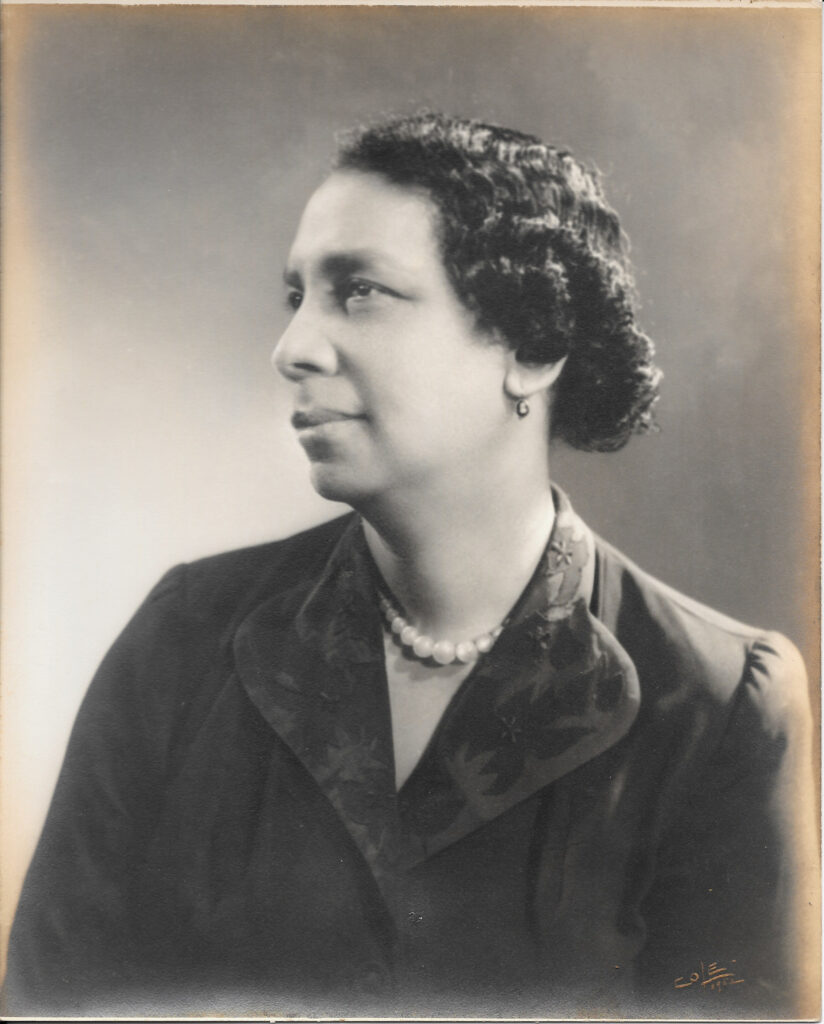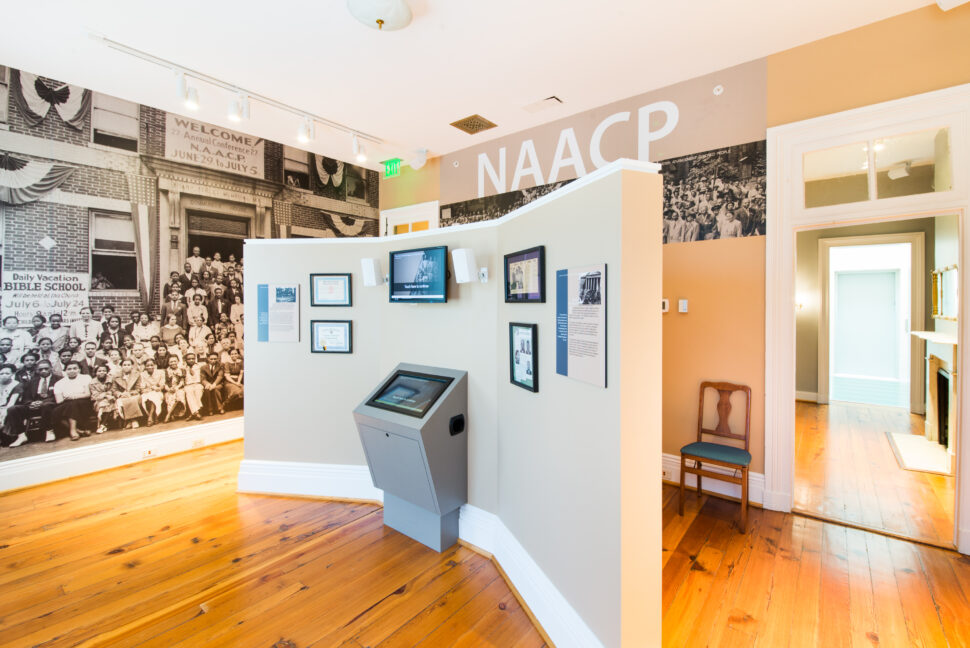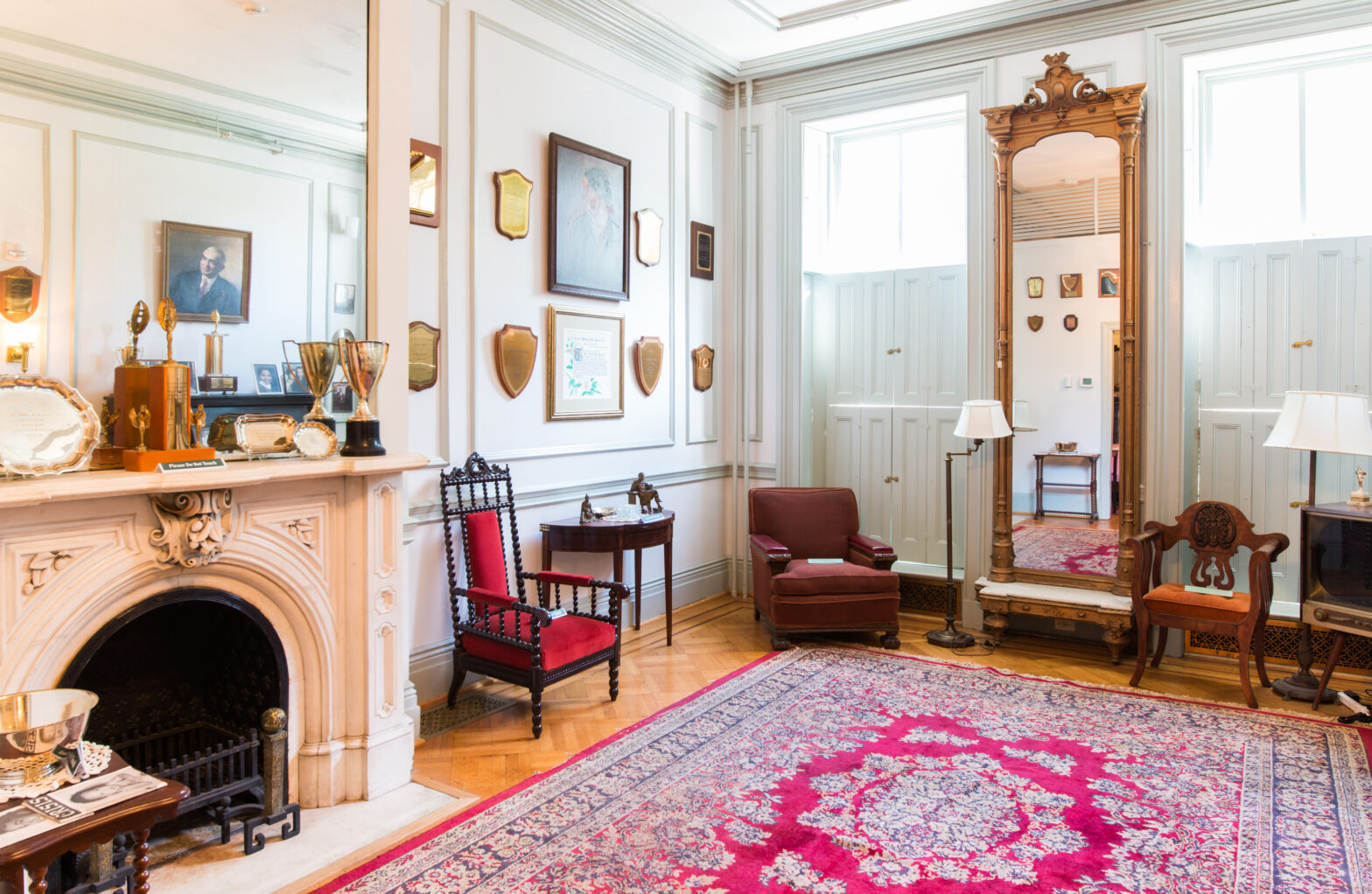When it comes to celebrating Black icons in history, the reality is that people, like Lillie May Carroll Jackson, are not recognized enough. There aren’t enough heros and sheros being celebrated during the year.
As students, people learn about the same stories and battles fought every year. Black students only are taught about specific sections of their history one month out of the year. From elementary school to high school, teachers highlight the same Black historical figures, such as Malcolm X, Martin Luther King Jr. and Rosa Parks. It is important to focus on Black history all throughout the year.
In Baltimore, the Lillie Carroll Jackson Civil Rights Museum is the perfect way to begin to bridge the gap in education. Jackson is one of the first Black women of the civil rights movement. Her home is now a museum that shares her story to the community.
Here is everything you need to know about Jackson, the museum and it’s impact.
About Lillie May Carroll Jackson

Lillie May Carroll Jackson was one of the most prominent and influential leaders in the civil rights movement in Baltimore. She was raised by a middle-class family and graduated from Howard University in 1918. She went on to become a professor at Baltimore City College.
By 1935, she became the executive secretary of Baltimore’s NAACP and dedicated her life to desegregating public schools, restaurants and other businesses. She fought for justice, while risking her and her family’s lives.
Jackson had her first success in desegregation in 1948. The civil rights leader organized a plan to desegregate Gwynn Oak Amusement Park in Maryland. She was also instrumental in the desegregation of the University of Maryland School of Law desegregation in 1951.
Throughout her career, Jackson strongly advocated for women’s rights. She was a founding member of the Women’s Democratic League in Baltimore and worked to ensure that Black women were included in the suffrage movement. She retired from the NAACP in 1970 and passed away in 1975.
RELATED: DMV Travel Guide: Washington, D.C., Maryland, Virginia
Visit the Museum
Known by the people of Baltimore as the “Mother of Freedom,” Jackson left behind a legacy. Her daughter, Virginia Kiah, knew that her mom should be celebrated.

In 1978, Kiah turned the property into a museum to showcase Jackson’s contributions to the movement. It became Baltimore’s first privately owned museum that honored a Black woman. Now, the Lillie May Carroll Jackson Civil Rights Museum also is included in the Morgan State University’s office of museums.
Morgan State completed the renovation of Jackson’s home in 2012, and restored the property’s architecture to give the museum a modern flair. The museum itself is adorned with images of Jackson and her family. There are also portraits that represent many of the milestones achieved by Jackson when she was alive.
The Importance of the Lillie Carroll Jackson Civil Rights Museum

When visiting this museum, there is one feeling that travelers may have: disbelief. Some people have never heard of Jackson and all that she has done for segregation, civil rights and the women’s movement.
As visitors move through this museum, they think about the question: how many more Black stories were erased? Each person sacrificed their lives, so that the quality of life for Black Americans in the future could be better. It is essential for Black Americans to become more proactive in finding and sharing these stories that define our history.
The Lillie May Carroll Jackson Museum is an important landmark for Black culture and a must-see museum for everyone. Jackson is a representation of not only Black history, but also American history. She is a person who everyone should know about, and this museum is only the beginning.





